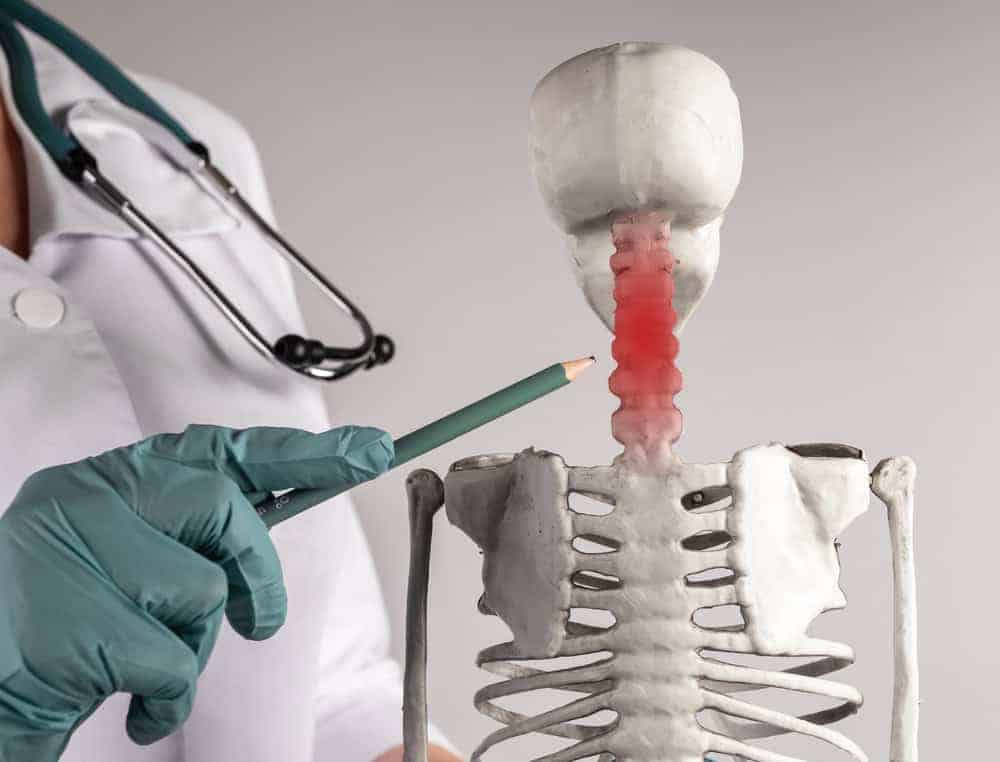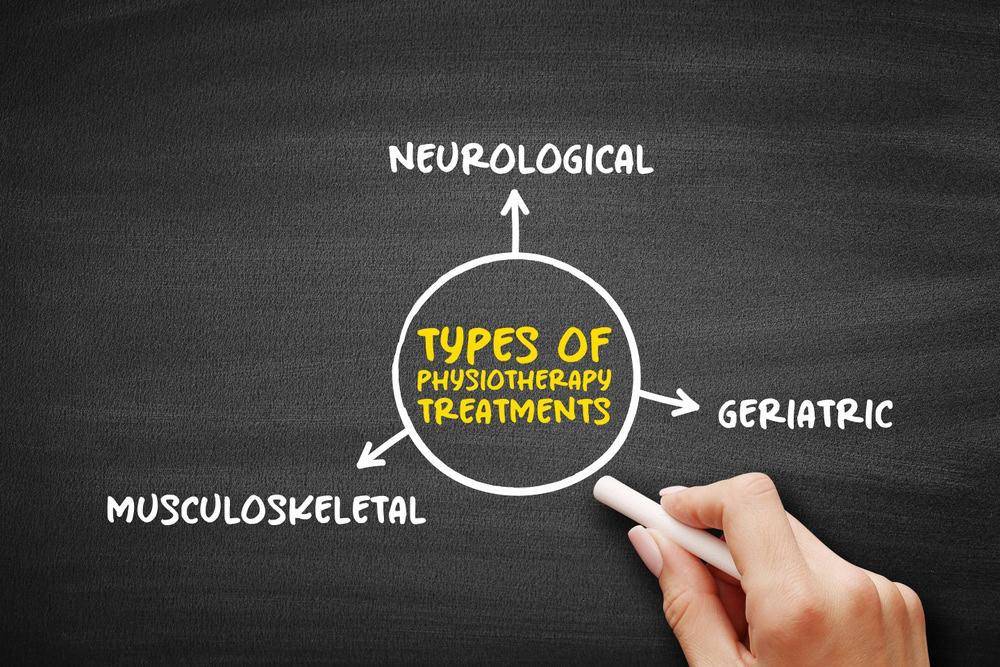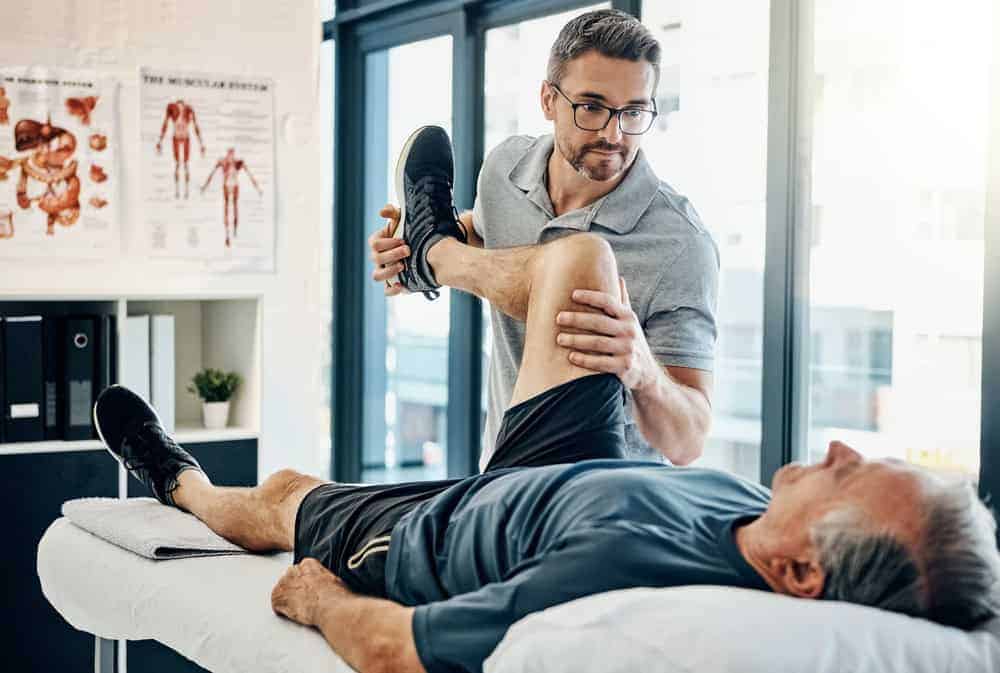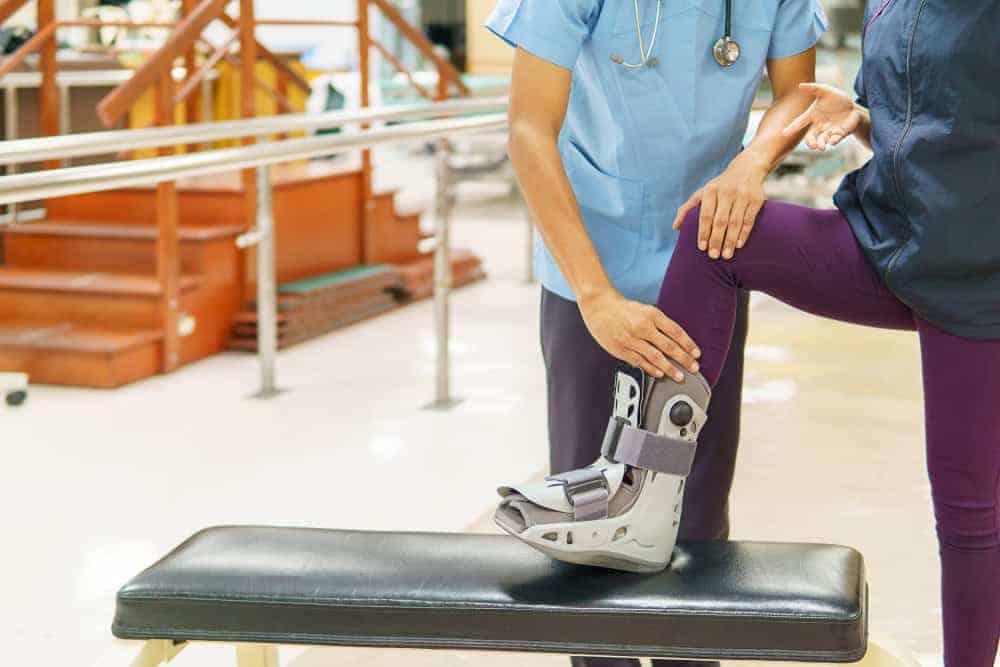
Have you ever wondered how you could truly make a difference in senior care? Imagine a career where your skills can help older adults maintain their independence and improve their quality of life. Physical therapy (PT) training offers just that opportunity.
In this article, we will explore the critical role physical therapists play in senior care. We will discuss the essential PT skills, required training, and how you can embark on this rewarding career path. Join us as we delve into the world of PT and its profound impact on healthy aging.
Understanding Physical Therapy Training
Physical therapy (PT) training prepares you to help patients manage pain, improve mobility, and recover from injuries or surgeries. It combines theoretical knowledge with practical skills to diagnose and treat various physical conditions. PTs work with diverse populations, from newborns to the elderly, enhancing their quality of life by restoring and improving physical function.
PT Courses, Qualifications, and Certifications Required

To become a physical therapist, one must complete a Doctor of Physical Therapy (DPT) program, which typically takes about three years. These programs are accredited by the Commission on Accreditation in Physical Therapy Education (CAPTE).
The curriculum includes subjects like anatomy, physiology, kinesiology, biomechanics, neuroscience, exercise physiology, pathology, evidence-based practice, and pharmacology. Practical skills are developed through supervised clinical education, which usually constitutes about 23% of the program.
After earning a DPT degree, aspiring PTs must pass the National Physical Therapy Examination (NPTE) to obtain licensure. Some states also require a law exam and background check.
Continuous professional development is crucial, often involving specialist certifications in areas like orthopedics, pediatrics, neurology, or geriatrics, which can enhance career prospects and earning potential.
Process of Becoming a Physical Therapist
The journey to becoming a physical therapist follows a series of steps. Let’s have a look:
- Earn a Bachelor’s Degree preferably in a health-related field. Complete prerequisite courses as required by DPT programs.
- Prepare required documentation, such as GRE scores, transcripts, and letters of recommendation. Submit applications for DPT through the Physical Therapist Centralized Application Service (PTCAS).
- Complete your DPT Program. Participate in classroom education and lab study. Engage in clinical education for hands-on experience.
- Prepare for and take the National Physical Therapy Examination. Pass the exam to demonstrate competency and readiness to practice.
- Meet additional state-specific requirements. Apply for and receive your physical therapy license.
- You can also consider a residency or fellowship program to pursue advanced training in specialized areas.
Importance of Continuous Learning and Professional Development
Continuous learning is vital in physical therapy due to evolving medical knowledge and evidence-based treatment techniques. It ensures that PTs remain updated with the latest advancements and provide the best care to their patients.
Professional development opportunities, such as attending workshops, obtaining additional certifications, and participating in professional organizations like the American Physical Therapy Association (APTA), are essential. These efforts help PTs stay informed, improve their skills, and maintain licensure, ultimately benefiting their practice and patient outcomes.
Different Types of Physical Therapy

Physical therapy (PT) is essential in helping seniors maintain mobility, reduce pain, and enhance their quality of life. Various types of physical therapy cater to different needs, ensuring targeted and effective treatment.
Common Types of Physical Therapy
Different types of physical therapy are designed to address a wide range of health issues.
1. Geriatric Physical Therapy
Geriatric physical therapy focuses on the unique needs of older adults. It addresses issues like arthritis, osteoporosis, balance disorders, and recovery from joint replacement surgeries. The primary goals are to restore mobility, build strength, prevent muscle atrophy, and reduce the risk of falls.
2. Orthopedic Physical Therapy
This type of PT is geared towards musculoskeletal issues. It helps seniors recover from fractures, sprains, and orthopedic surgeries. Techniques include strength training, stretching, and exercises to improve flexibility and range of motion.
3. Cardiopulmonary Physical Therapy
Cardiopulmonary PT aids those recovering from heart attacks or managing chronic heart and lung conditions like COPD. It includes exercises to improve endurance, strengthen the heart, and enhance respiratory function.
4. Neurological Physical Therapy
Neurological PT is for seniors with conditions like stroke, Parkinson’s disease, and multiple sclerosis. It helps improve coordination, balance, and mobility by teaching patients to adapt to their impairments and enhance their day-to-day functioning.
5. Oncologic Physical Therapy
This specialized PT assists those undergoing cancer treatment. It helps manage pain, improve mobility, and address symptoms related to cancer and its treatments, such as joint stiffness and muscle weakness.
6. Clinical Electrophysiology
Though less common, this PT uses electrotherapy to improve muscle function and blood circulation. It is beneficial for preventing blood clots, easing muscle spasms, and speeding up wound healing.
Role of Physical Therapists
Physical therapists play a significant role in helping people of all ages regain mobility and enhance their quality of life.
- Personalized Exercise Programs: Physical therapists (PTs) develop individualized exercise regimens aimed at enhancing muscle strength, joint flexibility, and overall balance in seniors. These programs are tailored to address each patient’s specific needs and health conditions.
- Targeted Treatment Plans: PTs conduct comprehensive assessments to identify particular health issues and provide targeted treatments. This approach enables seniors to regain functional abilities and perform daily activities independently.
- Pain Management: Through various therapeutic techniques, PTs help reduce chronic pain and discomfort associated with conditions like arthritis, osteoporosis, and post-surgical recovery.
- Injury Prevention: By educating seniors on safe movement practices and fall prevention strategies, PTs play a crucial role in minimizing the risk of future injuries.
- Supportive Rehabilitation: PTs offer empathetic and motivational support throughout the rehabilitation process, ensuring that seniors remain engaged and committed to their recovery goals.
- Holistic Approach: Integrating physical, cognitive, and emotional aspects, PTs provide a holistic approach to senior care, addressing not only physical limitations but also enhancing overall well-being.
Career Paths and Opportunities in Physical Therapy

Physical therapy offers a variety of career paths, catering to different interests and specialties. Physical therapists can specialize in areas such as orthopedics, geriatrics, neurology, sports, pediatrics, and cardiopulmonary therapy.
- Orthopedic therapists focus on treating musculoskeletal issues.
- Geriatric therapists help elderly patients manage conditions like parkinsonism, arthritis, and osteoporosis.
- Neurological therapists work with patients suffering from conditions such as stroke, multiple sclerosis, and spinal cord injuries.
- Pediatric therapists work with children who have developmental delays, genetic disorders, or accidental injuries.
- Sports therapists can help athletes recover from injuries and improve their performance.
- Cardiopulmonary therapists assist patients with heart and lung conditions, promoting better health and functionality through tailored exercise programs and therapies.
Work Settings for Physical Therapists
Physical therapists can work in diverse environments, each offering unique challenges and rewards.
- Many work in hospitals, where they help patients recover from surgeries and acute illnesses.
- Outpatient clinics are another common setting, providing services to people with chronic conditions or those needing rehabilitation post-injury.
- Rehabilitation centers offer opportunities to work with patients requiring long-term care.
- Schools employ physical therapists to assist children with special needs, ensuring they have access to educational opportunities.
- Senior care homes and agencies hire physical therapists to provide care in seniors’ own homes or in senior living facilities.
- Sports and fitness centers hire physical therapists to support athletes and fitness enthusiasts in maintaining peak physical condition and preventing injuries.
- Research institutions also offer roles for those interested in advancing the field through clinical studies and innovations.
Growing Demand for Physical Therapy Professionals
The demand for physical therapists is on the rise, driven by an aging population and increasing awareness of the benefits of physical therapy.
According to the Bureau of Labor Statistics, the jobs for physical therapists is estimated to increase by 15 percent from 2022 to 2032 – at a much higher rate than other occupations. This growth is fueled by the need to address age-related health issues, enhance the quality of life for those with chronic conditions, and provide rehabilitative care for injuries and surgeries.
The Impact of Physical Therapy on Senior Health

Physical therapy plays a pivotal role in senior health by addressing their physical and emotional well-being.
Improve Mobility and Manage Chronic Conditions
Physical therapy is essential in helping seniors improve their mobility and manage chronic conditions. Muscles and joints lose strength and flexibility with aging which makes everyday activities more challenging.
Physical therapists (PTs) use tailored exercises and hands-on techniques to enhance movement and reduce pain. These exercises can include stretching, balance training, and strength-building activities.
Maintain Independence and Quality of Life
One of the primary goals of physical therapy for seniors is to help them maintain their independence and quality of life. PTs assess each person’s needs and create care plans that focus on enhancing the ability to perform daily tasks.
This might involve exercises to improve balance to prevent frequent falls. Physical therapists also guide on using assistive devices like walkers or canes. They may recommend home modifications to make the environment safer.
Personalized Care and Hands-On Therapy
Each senior’s health status, physical abilities, and personal goals vary, so PTs tailor their approaches to meet these unique needs. By creating personalized treatment plans, PTs can address specific issues such as muscle tension, joint stiffness, and mobility limitations. This tailored approach ensures that therapy is effective and aligned with the senior’s lifestyle and preferences.
Specialized Techniques and Modalities in Physical Therapy

Physical therapy employs a variety of specialized techniques to address specific health concerns and improve overall functionality.
Manual therapy: It includes massage, joint mobilization, and manipulation, is one such technique. It aims to reduce pain, improve blood flow, and enhance joint mobility. This approach is commonly used for treating musculoskeletal pain, and stiffness, and improving the range of motion.
Electrical stimulation: This is another essential modality in physical therapy. By using electrical currents to induce muscle contractions, this technique helps in pain relief, muscle strengthening, and preventing muscle atrophy. It is particularly beneficial for patients recovering from strokes, surgeries, or those dealing with chronic pain conditions like arthritis.
Vestibular therapy: It focuses on exercises and maneuvers designed to improve balance and reduce dizziness. This form of therapy treats balance disorders, vertigo, and other vestibular issues, which are essential for patients with balance problems, helping to prevent falls and enhance stability.
Aquatic therapy: This involves performing exercises in water to reduce stress on joints. This modality enhances mobility and strength while minimizing pain and the risk of injury, making it ideal for patients with arthritis, fibromyalgia, or those recovering from joint replacement surgeries.
Advanced Technology and Equipment
Technological advancements have significantly enhanced the effectiveness of physical therapy.
Wearable technology: Wearable devices track movement and posture and provide real-time feedback. They ensure exercises are performed correctly and progress is monitored accurately.
Telehealth services and AI-driven health apps: These apps allow for remote monitoring and consultation to ensure adherence to home exercise programs and provide timely reminders. These platforms are particularly useful for patients who have difficulty attending in-person sessions due to mobility issues or other constraints.
Robotic aids: Robotic technology assists with precise movements during rehabilitation exercises, enhances precision, reduces the risk of injury, and aids in faster recovery. They are especially beneficial for post-surgical recovery and severe mobility impairments.
Conclusion
Physical therapy (PT) is essential for improving the quality of senior care. It enhances seniors’ mobility, reduces pain, and improves their independence.
At Amy’s Eden Senior Care, we bridge the gap between seniors and skilled physical therapists. We believe in “Quality Care, Quality Life”. We are dedicated to connecting seniors with professionals who provide personalized PT services.
We ensure your loved ones receive the care they need to maintain their health and well-being. Contact us today to learn more about how we provide exceptional care.




